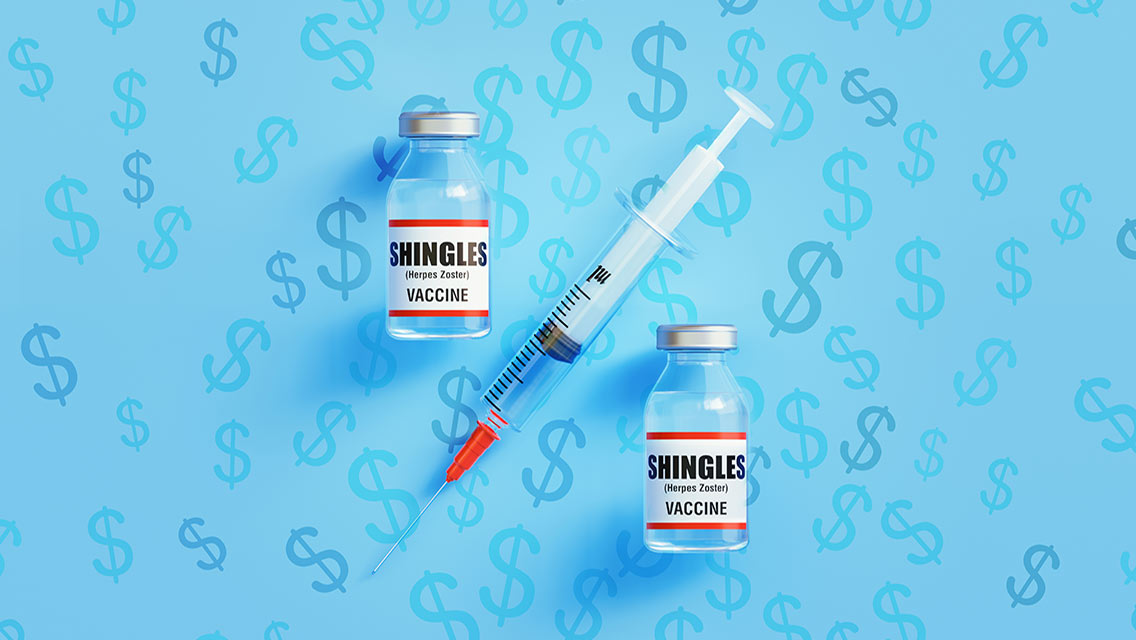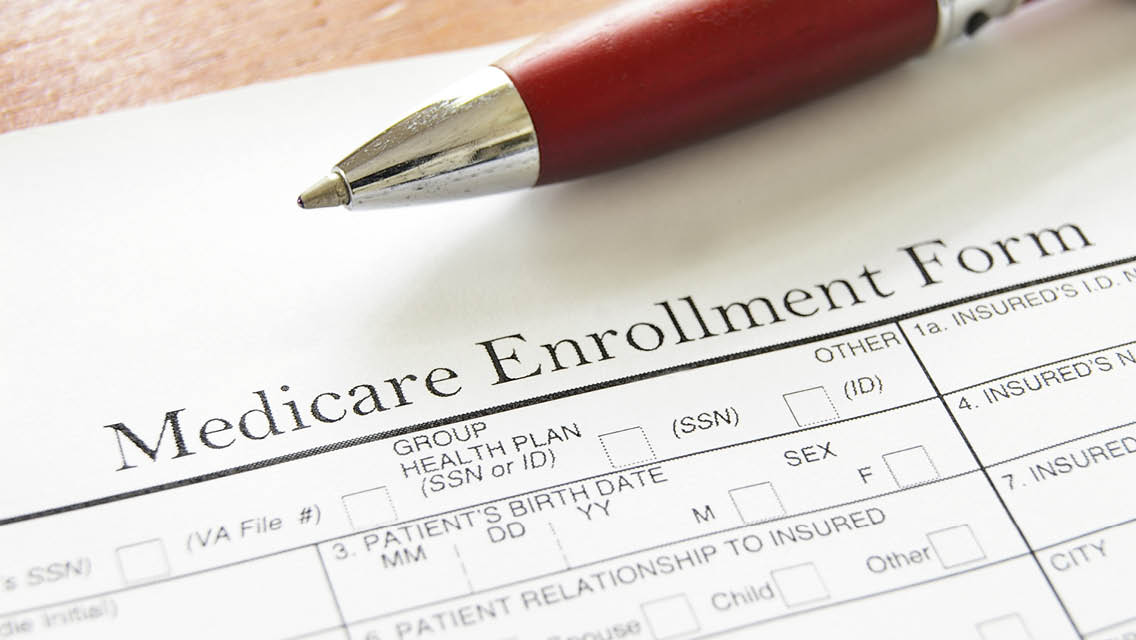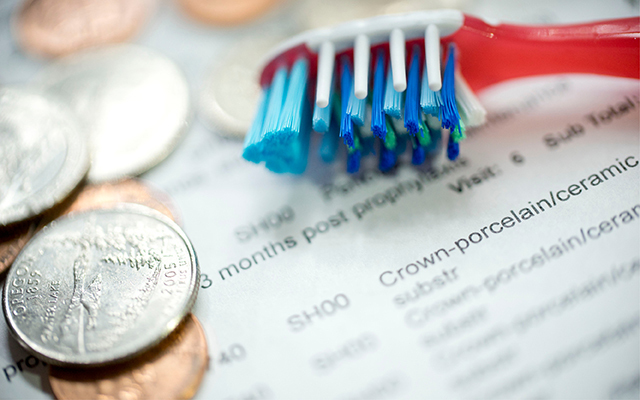There’s nothing like a global pandemic to shift an old guy’s thinking about vaccines. Before COVID descended, I’d never given a passing thought to a flu shot, much less to the myriad other jabs public-health experts recommend for seniors. Now I’ve been vaxxed and boosted (twice) against the coronavirus, rolled up my sleeve to fend off the current influenza strain, and just the other day welcomed a poke to defend myself against a shingles invasion.
You could call this a feeble acquiescence to fear-based medicine, the subject of many a rant in this space over the years, and I’m not sure I could muster much of a retort. COVID was an existential threat, after all, and I’ll admit that the prospect of catching the ordinary flu — or spreading it to someone else — in the midst of the plague was not an appealing one. I’m not sure I can recall a time when I felt quite so vulnerable to a specter intent on inflicting serious bodily harm.
A case of shingles doesn’t present the same threat as COVID, of course, but it’s no walk in the park either. My decision to get jabbed was partly motivated by hearing a few genuinely horrific anecdotes. One involved a woman about my age who was temporarily unable to walk after the virus flared up. Another sufferer lost his vision in one eye. Others, like Jacky Felder, simply endured several days of nagging discomfort while coping with the disease’s trademark itchy rash.
“Luckily, I’ve had a relatively mild case,” Felder, then 69, told Kaiser Health News in 2020, “but it’s been a week and a half with a lot of pain.”
I’d encountered these stories in the past without taking any action, but that was before I became accustomed to the convenience of popping over to the nearby clinic for a quick and cost-free shot, courtesy of the federal government and my Medicare Advantage provider. So, I made an appointment, got jabbed a few days later, and headed home in a self-congratulatory mood.
Turns out that I’m something of an outlier among my contemporaries, but not in the way I assumed. I’m typically a late adopter of conventional-medicine protocols, so I figured other seniors — who led the way in COVID vaccine uptake — would’ve flocked to the shingles shot well before I rolled up my sleeve. But barely one in three were vaccinated by 2018, according to the latest analysis by the Centers for Disease Control and Prevention (CDC). That’s a significant increase from the 7 percent vaccinated in 2008, but far less than what I would’ve expected. A few days after my appointment, I began to understand why.
The vagaries of Medicare coverage will often flummox me, but I was particularly vexed to receive a bill totaling $326.20 for my first of two shingles vaccines. Doesn’t my Advantage plan cover vaccines? I wondered, before another thought intruded: That’s an awful lot of money for a shot!
Not surprisingly, that’s the primary factor behind the slow uptake of the vaccine among seniors. The Affordable Care Act mandates that private health insurance plans provide vaccines at no cost to their customers, but the legislation exempts Medicare from providing a similar deal. Low-income Medicare beneficiaries, as a result, are much less likely than their more affluent counterparts to get vaccinated, according to the CDC report.
Low-income Medicare beneficiaries, as a result, are much less likely than their more affluent counterparts to get vaccinated, according to the CDC report.
I managed to contact someone at my Advantage plan provider and was relieved to learn that, indeed, they do cover the shingles vaccine. But, because I got jabbed at my clinic rather than at the Walgreen’s across the street, I would have to pay the bill and submit a claim to be reimbursed. There may be a small administrative fee, she noted, but I’d get most of my money back.
The shingles shot is classified as a pharmaceutical, she explained, and is covered by Part D rather than Part B (or something to that effect). “When you go to the pharmacy, just show them your Medicare Advantage card and they’ll bill us directly.”
William Schaffner, MD, a Vanderbilt University infectious disease expert, advises his patients to get their shingles shot before they sign up for Medicare at age 65 to avoid the copayment, which the drugmaker GSK (formerly GlaxoSmithKline) says averages about $100 for the two required doses. “We’ve seen a substantial portion of the population receive the vaccine,” Schaffner says, “but it is far from the goal of 100 percent.”
And I suspect it’s going to take quite a while to get to that point as long as retirees like Felder, who are trying to make ends meet on their paltry Social Security checks, are forced to choose between buying groceries and paying for a shingles shot. “It isn’t right that people on Medicare have to pay for this,” she argues, “because for a lot of people, shingles can make them very sick.”
And, for a lot of people, the price of prevention is a bit sickening as well.





This Post Has 0 Comments